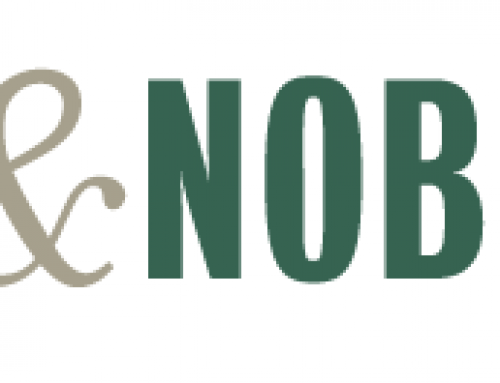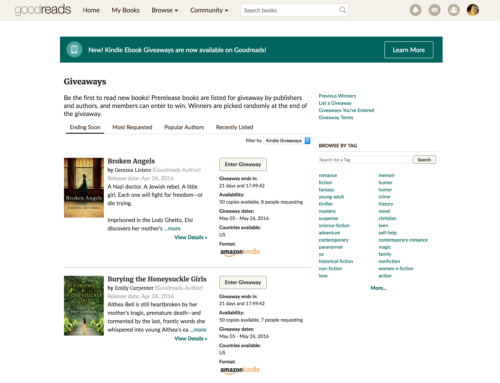A couple items of news that show with every new day there are major changes in publishing.
First, Dorchester switches to a print on demand model for its books. Reported at Mick Rooney’s blog (with additional info here at Words of Advice for Dorchester Authors from an Indie Author):
Dorchester Publishing is to switch its entire business model to e-books and print on demand (for select titles). Dorchester was a publisher of mass market paperbacks, particularly romance and thriller novels. Dorchester will continue to publish and have books printed traditionally for its book club lines, but in essence, they are now a digital publisher, and this is an astonishing and sudden switch which I believe belies more than Dorchester is willing to say about the 25% decline in mass paperback sales last year in the USA.
According to yesterday’s Publishers Weekly piece, Dorchester Publishing has already let their field sales team of seven go, with Tim DeYoung remaining on as VP of Sales and Marketing. It is a dramatic move for a publisher like Dorchester to switch their entire model of business, and it strikes me as more a desperate move in desperate times than a carefully executed business strategy.
In an update: Dorchester says it’s only going through with this program for six months, which is significant in itself, showing how tumultuous a time this is for traditional publishers.

By the time 2011 rolls around, Nolita’s McNally Jackson Books will have an Espresso Book Machine, the Xerox-like on-demand device that prints a fully bound book in mere minutes.
Of the schedule, store owner Sarah McNally said in an e-mail that “there have been technical issues, but I believe we are on track.”
Currently McNally will order a book for a customer if a desired copy is not on hand. With the EBM, the store would be able to print one out right there. Buyer John Turner sees the machine as a way to expand inventory. It also reduces the hassle and wait time associated with ordering books by request.
“For me the biggest issue is, quite simply, as a medium-sized bookshop we can’t fit every book in the world on our shelves,” Mr. Turner said. “This will let us provide a wider variety to our customers.”
This is fairly significant because McNally Jackson is in the heart of New York City – i.e. the publishing industry – while other EBM’s have been tucked away in Vermont. While Northshire’s program is obviously great, McNally Jackson’s entrance into EBM publishing means that other high-profile bookstores may not be far behind.
Get an Editorial Review | Get Amazon Sales & Reviews | Get Edited | Get Beta Readers | Enter the SPR Book Awards | Other Marketing Services






















Hardly located in the heart of the city. In the downtown district near Soho (IIRC). But I’m sure many of the uptowners in publishing will slum their way down to ogle it. Will probably become a minor tourist attraction too.
Manhattan’s the heart of the city.
The EBM is already in a lot more places than Vermont:
http://www.ondemandbooks.com/our_ebm_locations.htm
And this list isn’t entirely up-to-date, either, as I know of a machine not far from me (in a Temecula, CA library) which isn’t listed.
The news of its appearance in NYC is excellent, albeit inevitable. The Fall of the House of TP continues… ; )
~L~
Here is a must-see video for SPRers. (Snoop the entire site!)
http://www.ondemandbooks.com/video2.htm
You cannot really appreciate the revolution in progress until you see an Espresso Book Machine do its thing or understand how really inexpensive it is to turn the key and go. Until EBM had its major debut in the past eighteen months, the work of this startlingly small all-in-one box has been done exclusively by a Xerox-produced printer/binder measuring a half a block long, just to get a coverless book block. Four-color covers are done on a free-standing web press, then married to book block in a separate operation.
=This= stunning statistic came from the 2009 BEA: between May 2008 and May 2009 (BEA to BEA), American publishers produced slightly =more= than 50 percent of all printed books via POD. I do not have BEA 2010 figures, but I’m betting on significant gains even though the EBM has been slower than expected to take hold. Rather, within the past month, Amazon has announced that sales of ebook units have surpassed combined sales of PODs and offset books.
I am not certain, but I recall being told more than a year ago that Random House was well along in its plan to produce its backlist library using only the Xerox POD equipment, as offset title inventory sells out. This seems pretty heads-up for Random House, but it’s really the only alternative publishers have. Smaller houses can’t afford the Xerox enterprise configuration, but many can afford EBMs for at least their backlists (because they’re funded by money saved from bad guesses; the enemy of publishers is books in boxes). Some smaller publishers, probably genre houses, with enough titles and sufficient volume will probably substitute EBMs for offset first printings.
The more EBMs that get sold, the lower EBM pricing will become. And if a competing system comes along, the barn door will just plain blow off. I’m betting Xerox engineers are working nights on this.
I’m pretty confident that Amazon has been using POD equipment and will deploy it farther and wider (to reduce skyrocketing UPS charges to its customers) as time passes. And I am absolutely certain that B&N (which put itself up for sale last week) cannot survive without embracing point-of-sale POD technology.
I can hardly wait for the next telling statistic, because I am sure it will yet again fully justify my decision in 1999 to move 100 percent to POD over offset and my decision in May 2009 to take a very comprehensive plunge into ebooks, beginning with Kindle and ongoing.
We are nearing a moment of truth.